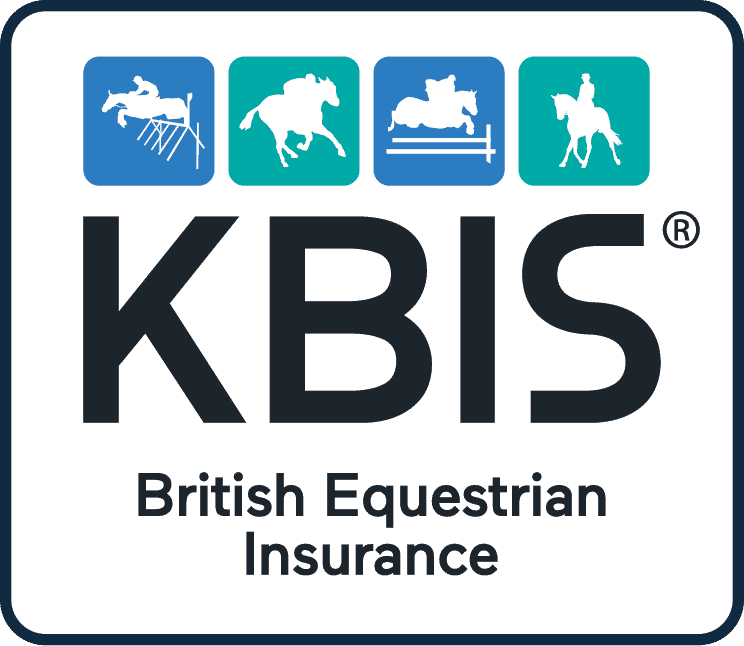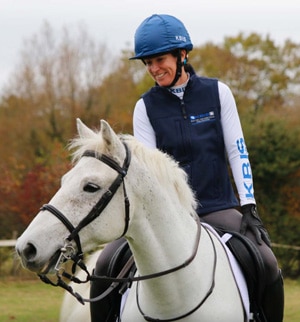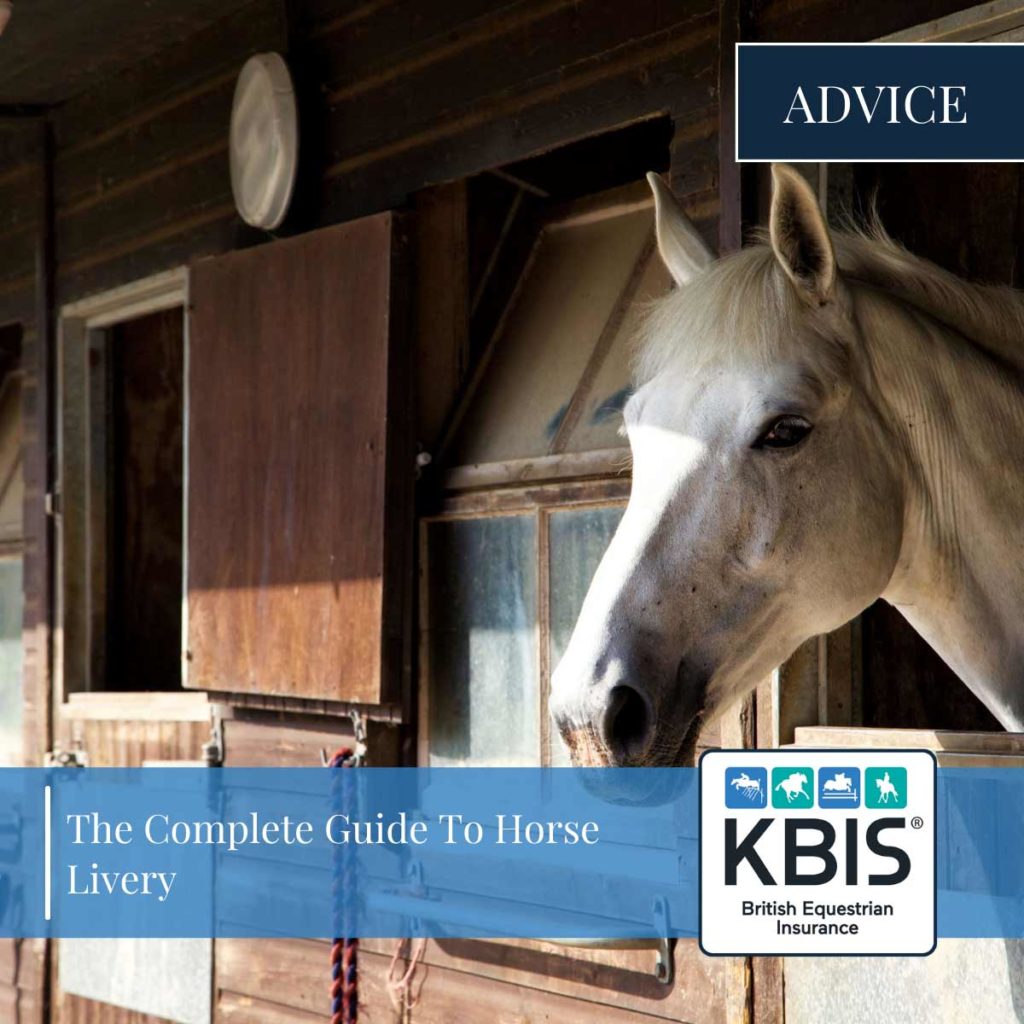In an ideal world, we’d keep our horses at home with us, but unfortunately for the vast majority, this isn’t an option. Houses with land are expensive and horses need at least a couple of acres to be able to live happily. Sadly, the average lawned garden just isn’t going to cut it. This means that most horse owners need to find a suitable livery yard that has everything horse and rider need to thrive, but with a huge variety of packages on offer, it can seem a bit confusing.
Keep reading to find out about the different types of horse livery so you can decide what’s best for you.
Types of horse livery
From just renting a field to having someone oversee all aspects of your horse’s care, there’s a lot of choice when it comes to horse livery yards and packages. Here’s some of the most common you’ll likely encounter:
Grass livery
Grass livery is often the cheapest type of horse livery because it’s essentially a rented field and nothing else. Use of a stable is unlikely to be included in your package, but there may be a field shelter for them to hide out in during the wet or colder weather. No assistance will be offered, leaving you in charge of all care and feeding which means you’ll need to be prepared to visit your horse at least twice a day to ensure they’re safe and well-cared for. Grass livery may be sole use but it can be in a herd environment with other horses, which has it’s own list of pros and cons.
If you’re looking at this option, check whether there is a water supply at the field and whether this is included in the monthly cost or in addition.
DIY livery
The name says it all, with this form of horse livery you’ll be responsible for all aspects of care including mucking out, turning out and bringing in, feeding and exercise. You’ll usually get use of a stable, a field to turn your horse out in (usually in line with other liveries) and potentially riding facilities, depending on the establishment. Bedding and forage will typically be an additional cost, but some horse livery yards will offer packages with this included or you can get together with others on the yard to order this in bulk to make it more cost effective.
Assisted DIY
Assisted DIY is an excellent option if you want the freedom of a DIY livery, but you need additional help a few days a week. With this type of horse livery, you purchase additional services on a sort of ‘pay as you go ‘basis. This may be help turning out a few times a week if you need to start work early or poo picking during the darker months.
Part livery
If you need help more than a few times a week, part livery could be a good option. What it entails can vary greatly from yard to yard, but it usually involves a split in care between you and the livery yard staff, with no exercise included. Some part liveries will include weekday care with you doing DIY on weekends, where as some may only cater for mornings. If you’re looking at part livery, it’s very important you confirm what they offer and ensure it meets you and your horse’s needs. Often, yards are happy to tailor this to what you need.
Full livery
Full livery packages include a tonne of variation so you should always be sure to confirm what they include before making the big move. Some full horse liveries will involve riding, tack cleaning and all aspects of care, whereas others will just offer mucking out and exercise via a horse walker. Depending on what’s included in the package, full livery can be pricey (sometimes even equivalent to your own monthly rent/mortgage), but it’s a good option if you’re struggling for time and need extra help.
Working livery
This type of horse livery is available at some riding schools and colleges and it’s where the cost of keeping the horse is offset or reduced by using them in riding lessons. This isn’t suitable for all horses and owners, and you’ll need to carefully consider how much time you’d like to ride and generally spend with your horse. Additionally, you’ll need to think about whether your horse would be happy to be ridden frequently by a variety of riders. If this sounds like your horse, it’s an option worth looking into.
Schooling or breaking livery
If you have a youngster or green horse but don’t have the time or experience to bring them on properly, schooling or breaking livery may be just what you’re looking for. Generally, horses will be kept on a full livery basis, and they’ll be broken and/or schooled by professionals. You can’t rush the start a horse gets so this is extremely valuable for anyone with a horse that needs to learn the basics or be brought on.
Sales livery
Selling a horse can be a time consuming and emotionally draining process, so many owners now choose to send them to sales livery instead. With this type they’ll likely be kept on full livery on a dealer or riders’ yard, and they’ll take on the responsibility of selling your horse for you. They’ll also do all adverts, show the horse to potential buyers, and may even arrange delivery on your behalf. This service is paid for either in a monthly livery fee or in some cases, you will agree a percentage of the sale price to go to the yard owner when the horse is sold.
Retirement livery
If your horse can no longer be ridden anymore, whether due to injury or old age, you may find yourself considering horse retirement livery. The packages vary but generally these are full livery yards, specifically for retired horses. It can be expensive as they’ll typically provide full care without the exercise, but it can be quite a relaxing environment for equines ready to slow down. Horses will usually be turned out in a herd environment where they’ll enjoy all summer turnout and winter days together and be brought in on cold winter nights, keeping them moving as much as possible.
One thing to consider with horse retirement livery is that often the yard will expect you to hand over all care and there may even be restrictions on how often you can visit or what you can do with your horse. Make sure you are clear on these expectations.
Choosing a horse livery yard
When choosing a horse livery yard, think very carefully about what you and your horse need. If you’d like to ride regularly, even in the winter, you’ll need to lookout for things such as an all-weather surfaced arena with floodlights and if you enjoy hacking, don’t forget to ask about or even check out the local bridleway routes. Additionally, consider how much time you can spare to visit your horse, if you’d like to go up and oversee all aspects of care, DIY will best suit you, whereas if you’re working to strict schedules or juggling other commitments, it may be better to look at part or even full livery options.
How far away is the yard from your house? You’ll need to factor in the travel time as well as the time you’ll spend on the yard itself. Try to pick somewhere close to home for days off and emergencies. It could be worth looking at any yards there might be on the way to/from work if you can tie it in with your commute.
Always visit the horse livery yard prior to moving and be sure to have a good look around. Don’t just go off first impressions, look at the horses and make a note of whether they look happy and relaxed. Is it clean and tidy? Are there a suitable number of horses per paddock? Is the fencing safe and well-maintained? Are there any additional security measures to keep your horse safe? Do they have appropriate livery yard insurance in place? These are all vital questions to bear in mind.
That’s our guide to the various types of horse livery! Hopefully it’s helped you to decide what suits you and your equine friend best. Looking for more advice on caring for your horse? Check out our guide on 10 things to consider when buying a new horse, next.


